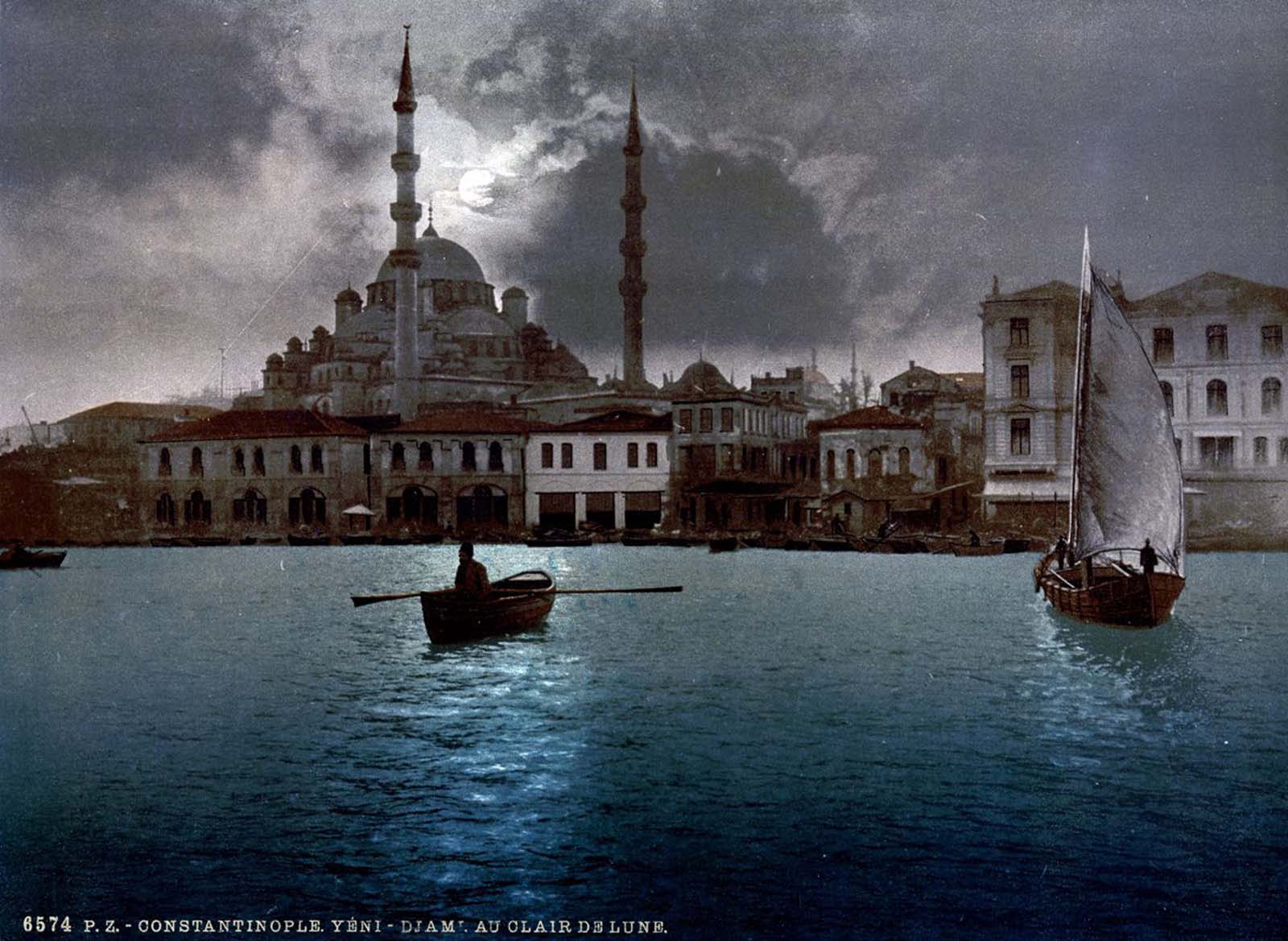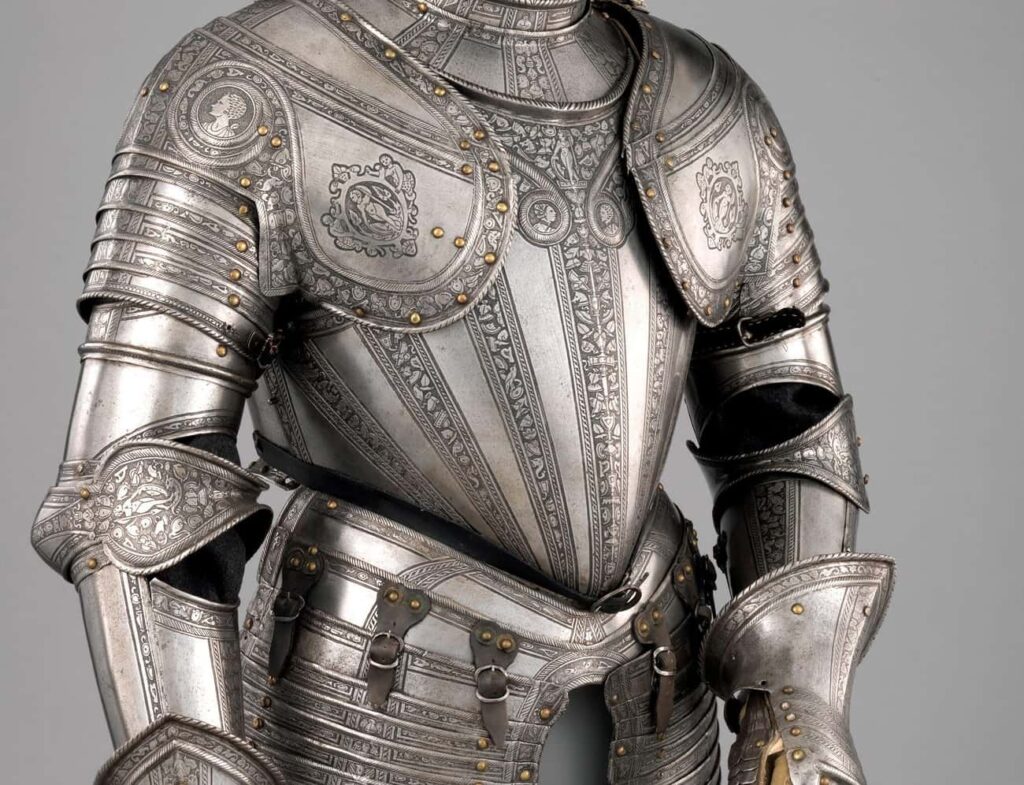Long before sleek flat screens adorned our living rooms, television sets were bold expressions of artistic ingenuity, pushing the boundaries of conventional aesthetics.
From the quaint and quirky to the utterly breathtaking, these vintage masterpieces showcased an unconventional beauty that is increasingly elusive in today’s tech-saturated world.
In this article, we invite you to embark on a journey through time as we unveil 15 stunning retro TV set designs that embody the essence of unconventional beauty, designs that are hard to find in the modern era.
Picture yourself in the 1920s, where early television sets resembled minuscule screens encased within oversized, ornately carved wooden cabinets.
As the years progressed, television sets transformed in appearance, reflecting the evolving design sensibilities of each decade. In the mid-century modern era, television sets embraced sleek lines, geometric shapes, and minimalist aesthetics.
Other designs were even more inspirational. Imagine a television set that resembled a retro-futuristic spaceship, complete with illuminated dials and buttons that transported viewers into otherworldly realms of entertainment.
Massive Luxury Kuba Komet, 1957-1962
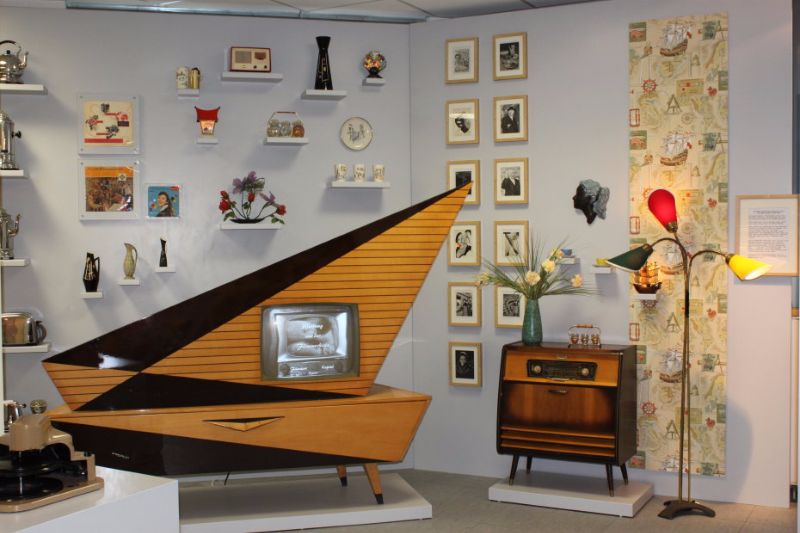
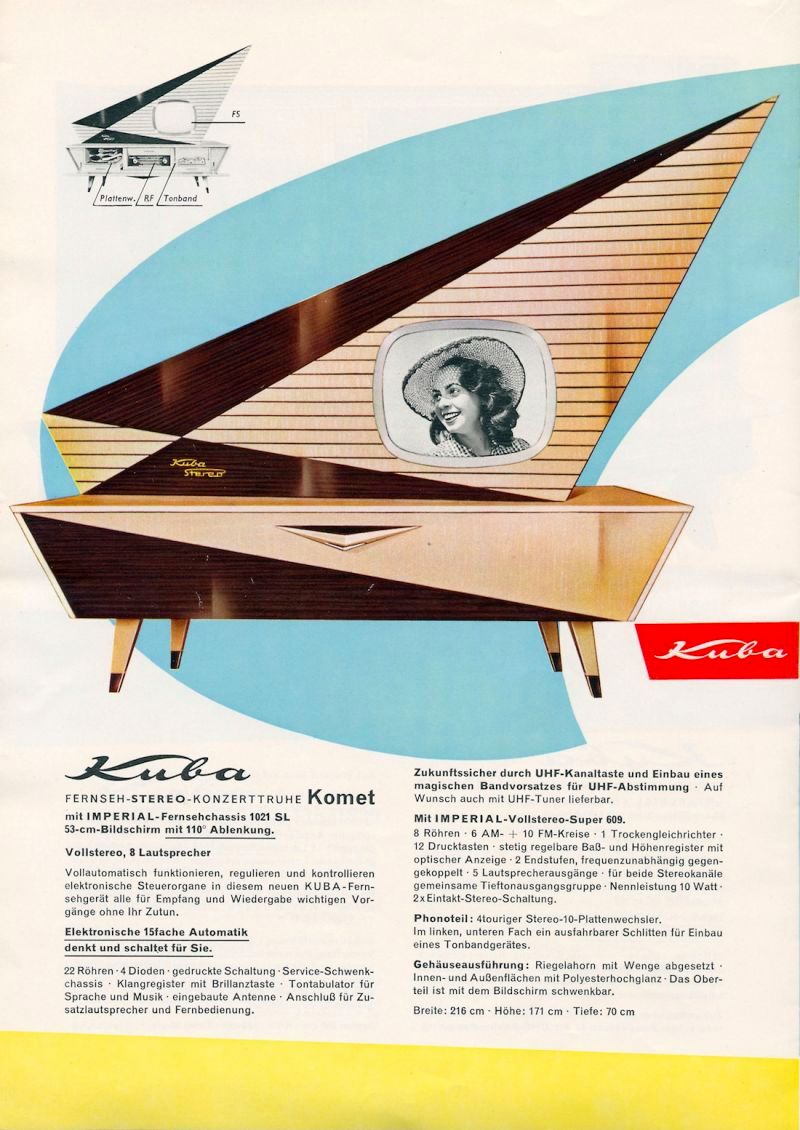
The lower cabinet holds additional multi-media features with a pull-out, 4-speed phonograph, a TV tuner and a multi-band radio receiver.
First Publicly Available Russian TV, 1932
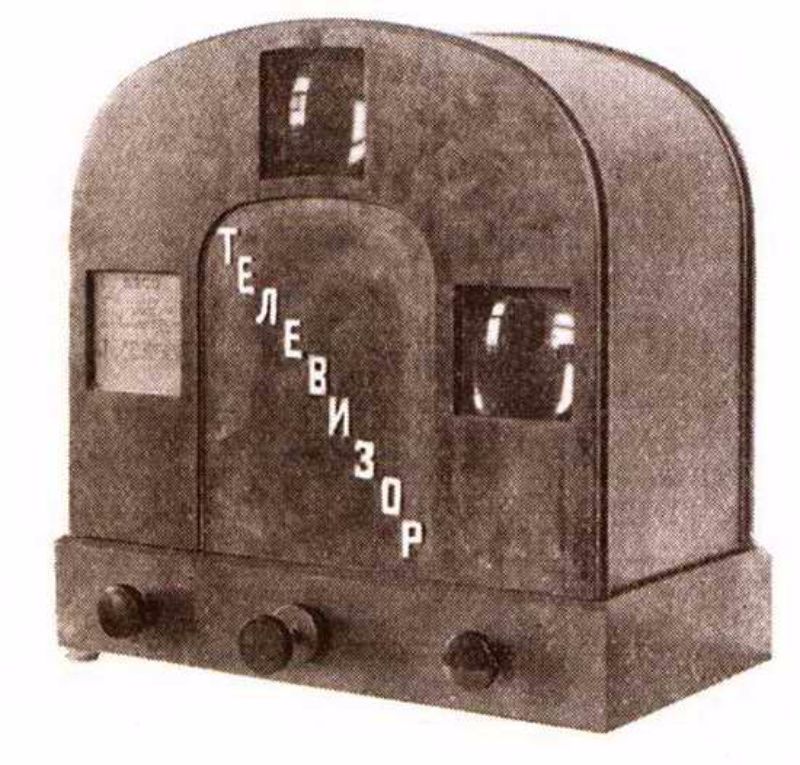
GE Performance Television, 1978
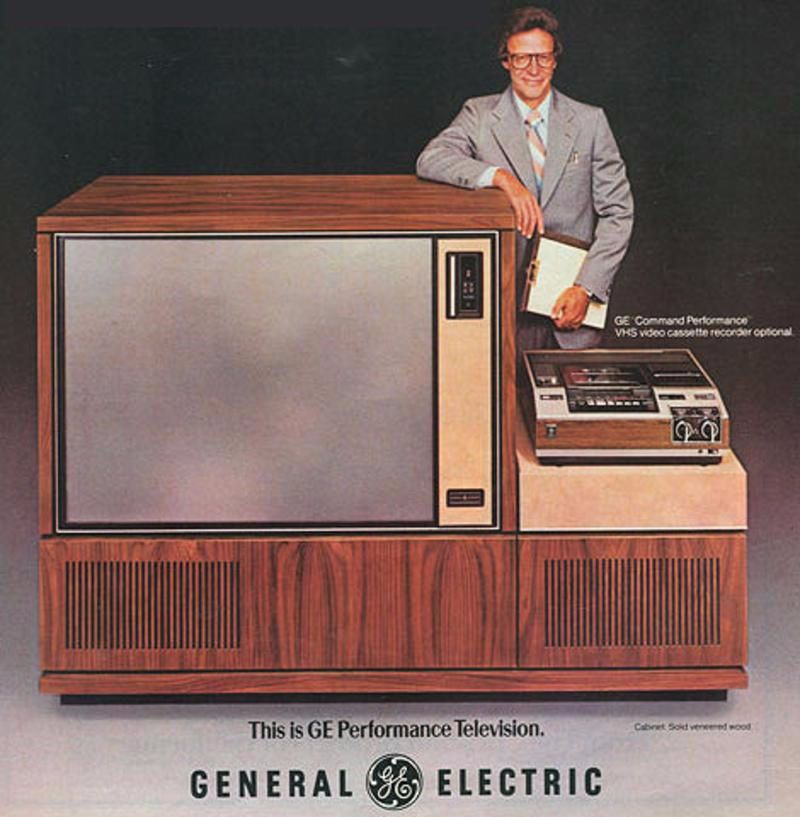
The GE Performance Television is about as ridiculous as it gets, especially since the picture was terrible owing to the fact that it was essentially just a regular TV tube flipped and back-projected onto that giant screen.
GE marketed it as “a super-size TV with a picture three times as big as a 25-inch diagonal console and the ‘chairside convenience’ of random access remote control.”
Zenith CBS Mechanical Color Wheel, 1948
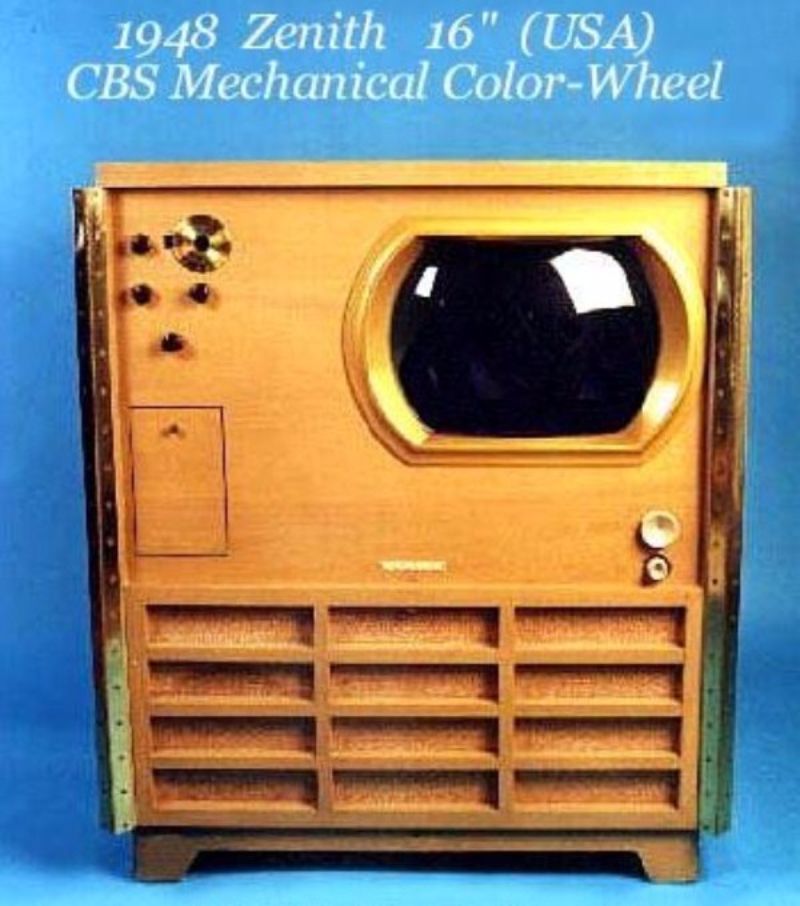
CBS was all ready to start selling these things when RCA protested that an all-electronic color system (which they were researching, but had not yet developed) would make more sense.
Ultimately, the Zenith design was briefly used as a teaching tool for surgery but never sold to the public.
Phillips Discoverer Space Helmet TV, 1991
Depression-Era TV Concept with Home Shopping and a ‘Like’ Button, 1935
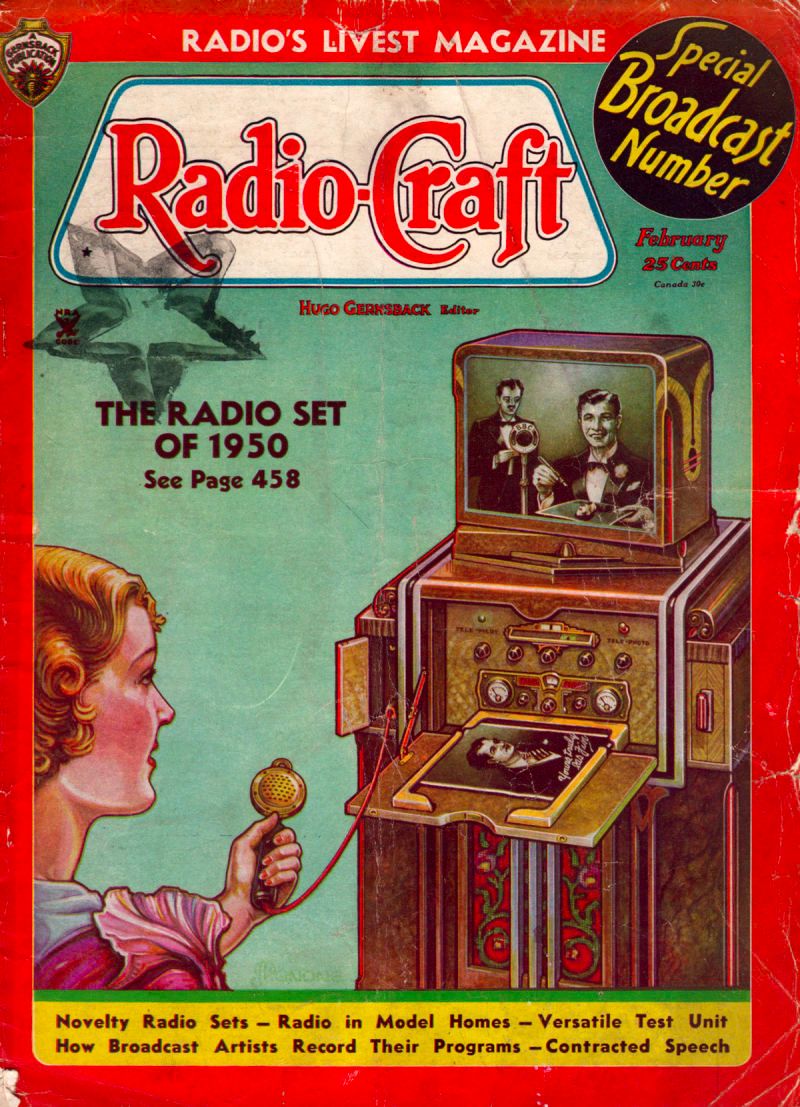
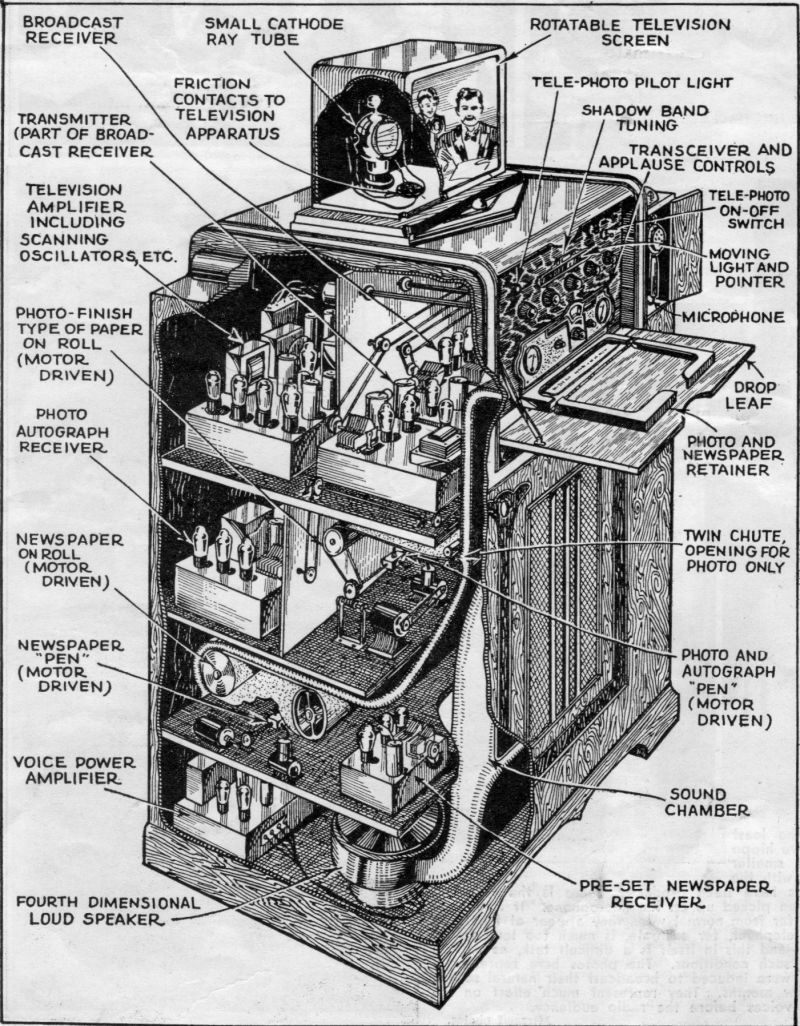
Sci-fi publisher Hugo Gernsback envisioned a system that’s a combination TV, radio, newspaper, and home shopping device.
The idea is that communication would go both ways, enabling people at home to give broadcasters instant feedback on what was playing via applause, pressing a certain button to indicate approval or instantly ordering what was shown on the screen.
Semivisor by Rene Barthelemy, 1928

Marconiphone Television 702, 1937
This British television set, the Marconiphone, has a 12-inch screen mountaineer vertically inside a wooden cabinet, with the image reflected onto a mirror.
There’s no way to change the channel, because it only had one channel when it was made: the BBC. A working model sold at auction in London in 2011 for $27,500.
Sonora Sphinx, France, 1949
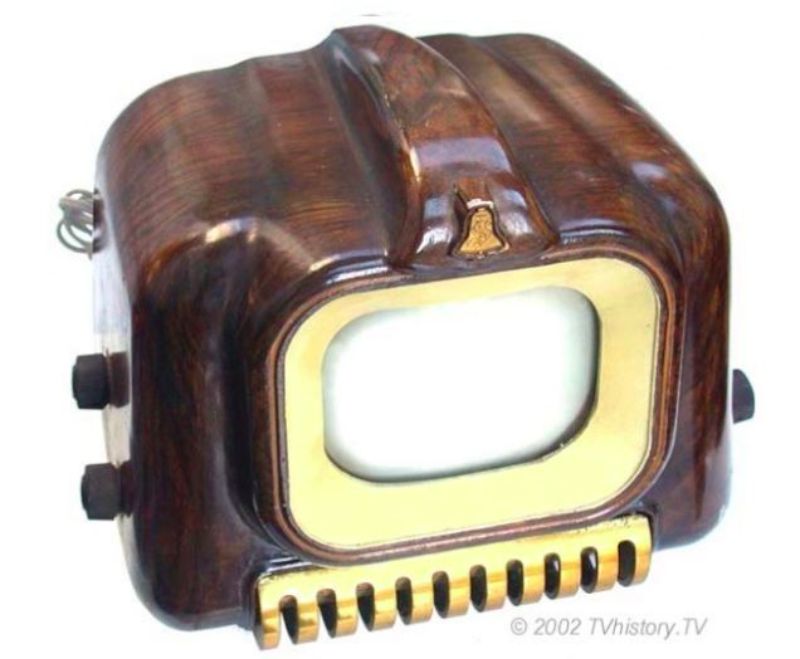
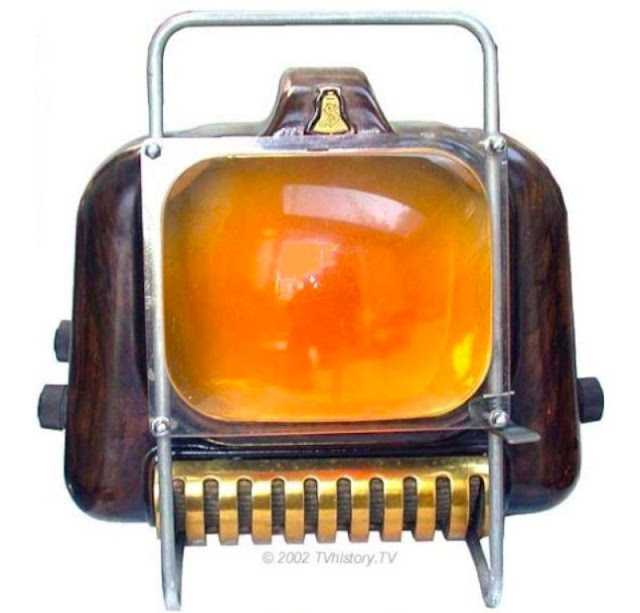
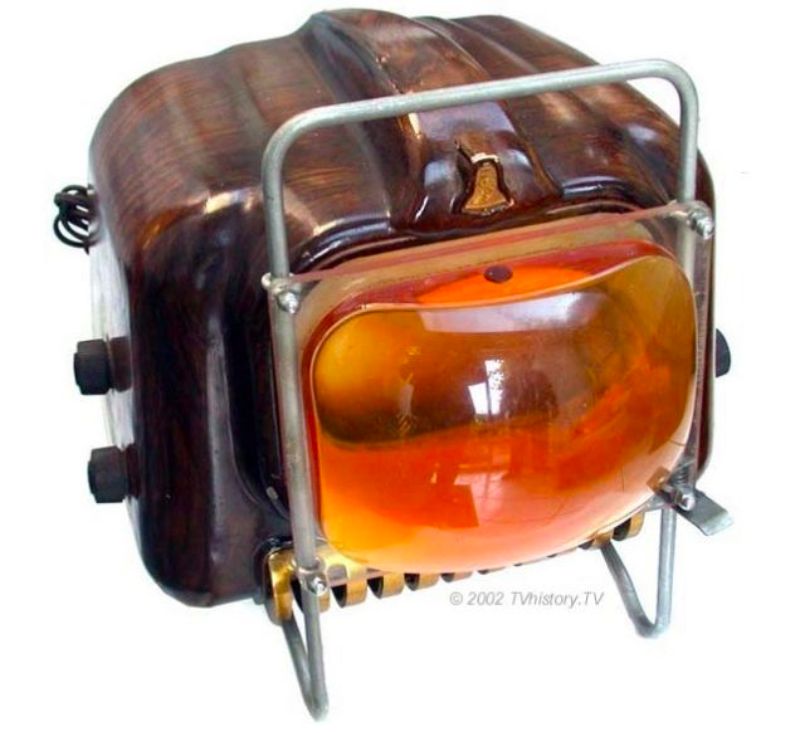
The Sonora Sphinx features a case made of painted aluminum; it’s virtually impossible to find one today.
Phonola Marziano TV, Italy, 1957
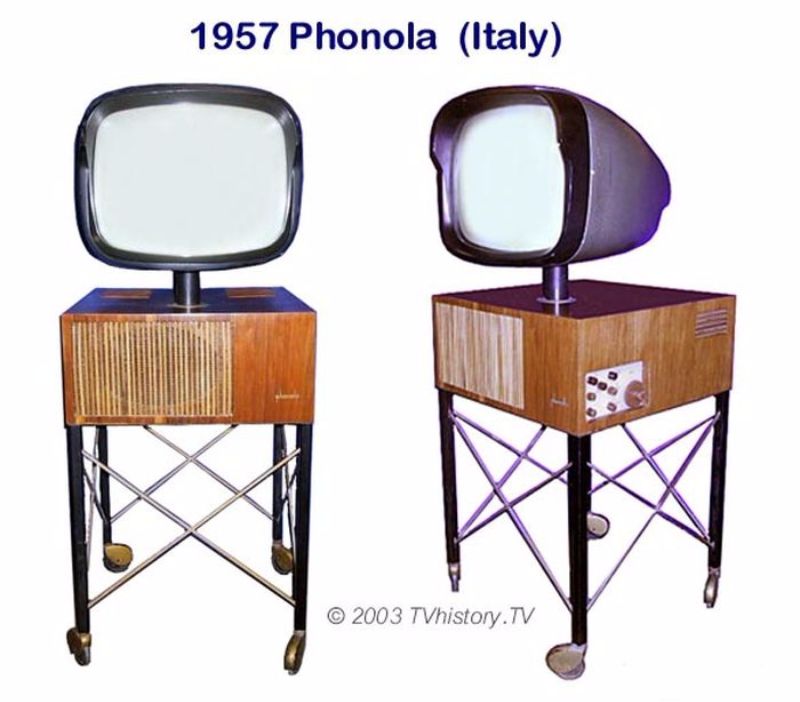
They were manufactured for five years, but only a few are known to still exist.
Teleavia Panoramic III, 1957

That same year saw a similar design, this one in sleek black and gold. The Teleavia Panoramic III wouldn’t look entirely out of place in a modern living room.
A surviving set sold for thousands at auction recently, with a starting bid of over $6,439.
2-Piece Portable TV, 1958
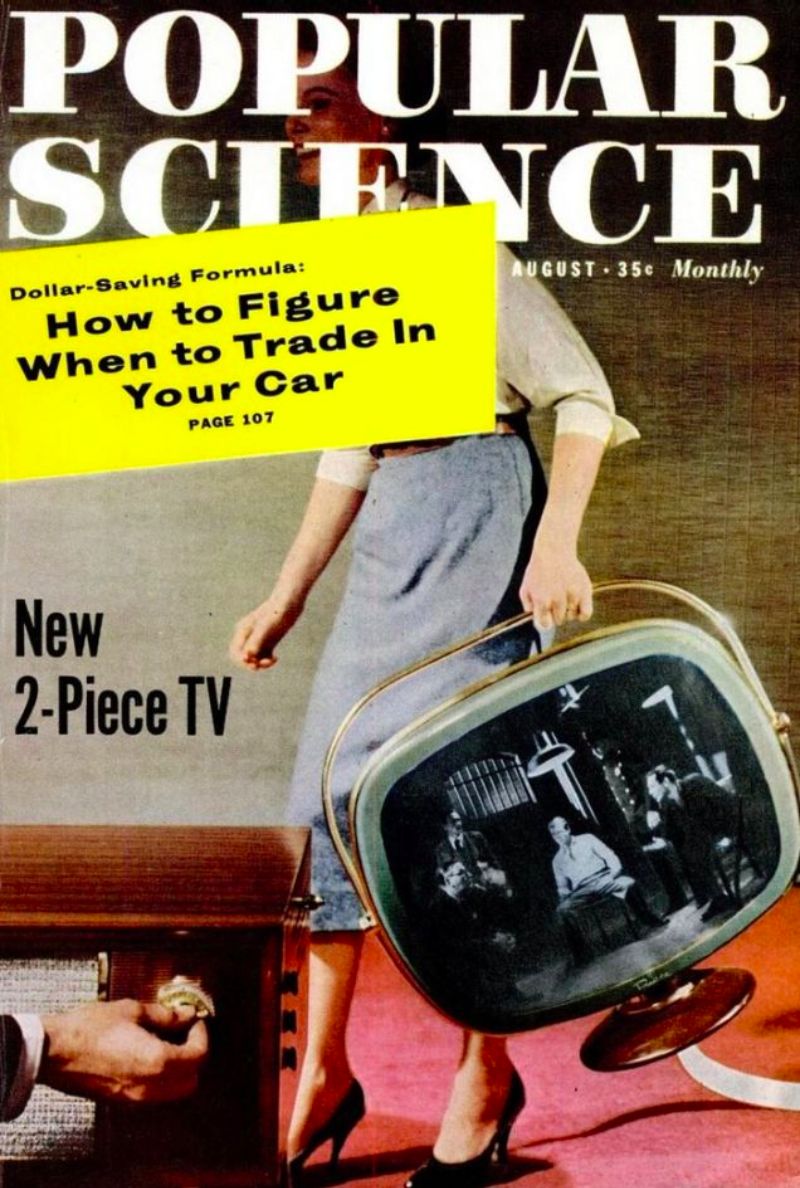
This ‘portable’ TV featured in Popular Science in 1958 had a long cable connecting the screen to the cabinet, so it could be moved around the room.
The Flying Saucer/Eyeball TV, 1960s
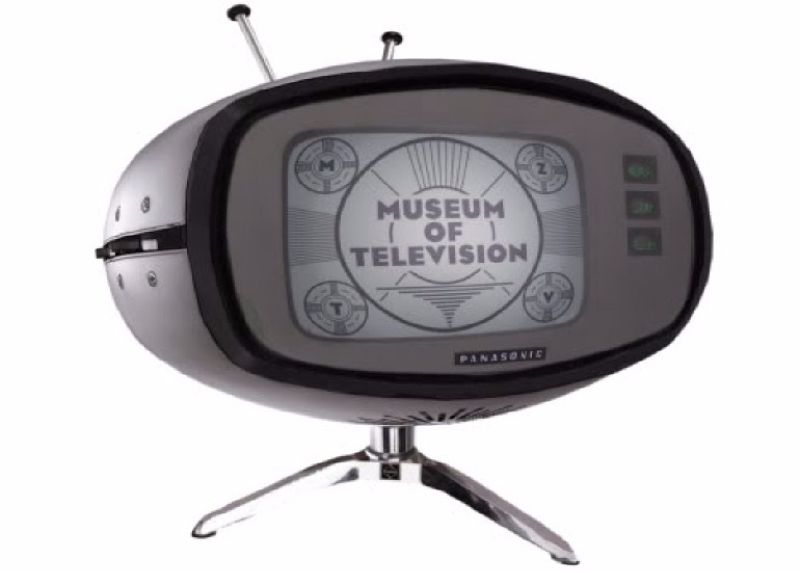
The Admiral Tele-Bar, 1951
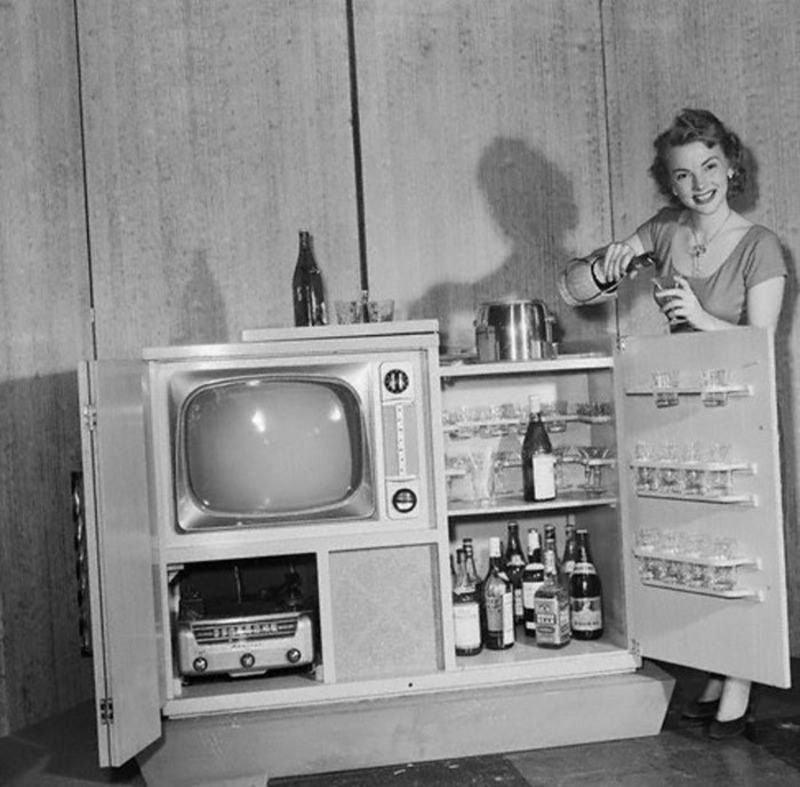
Do you love the look of vintage TV sets, but actually want to watch be able to use them to watch the full range of programming available today?
This wonderful 1951 Admiral Tele-Bar, and retrofitted the television portion to hold a 24” flat screen TV, is a combination of a 21 inch television, radio, phonograph, and complete bar. The lid turns into a serving tray for cocktails.

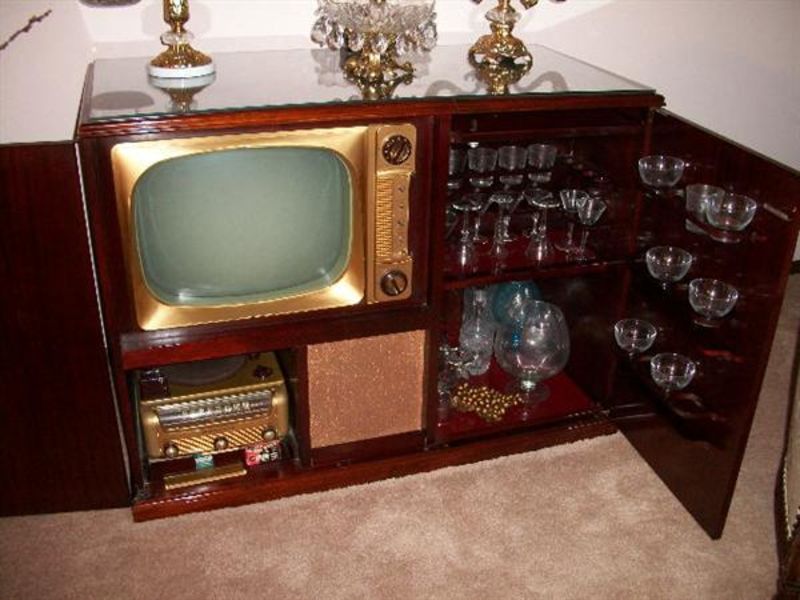
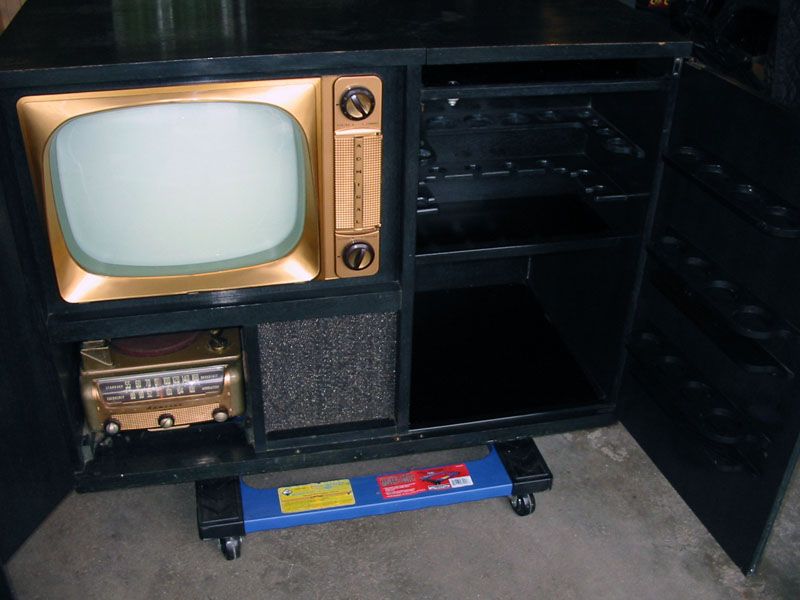
The Admiral Tele-Bar is a factory-built entertainment center featuring a 21” black & white TV, AM-FM record player, 10” speaker, complete with a built-in lockable bar featuring 32 glasses, a serving tray, and a trash receptacle.
It appears to have been made just one year. It cost a whopping $895 in 1951 when the average price of a new car was $1,800!
Like spending $10K on a similar item today. Only about 23% of the U.S. population had TVs in 1951. It interestingly has a socket for a color adapter!
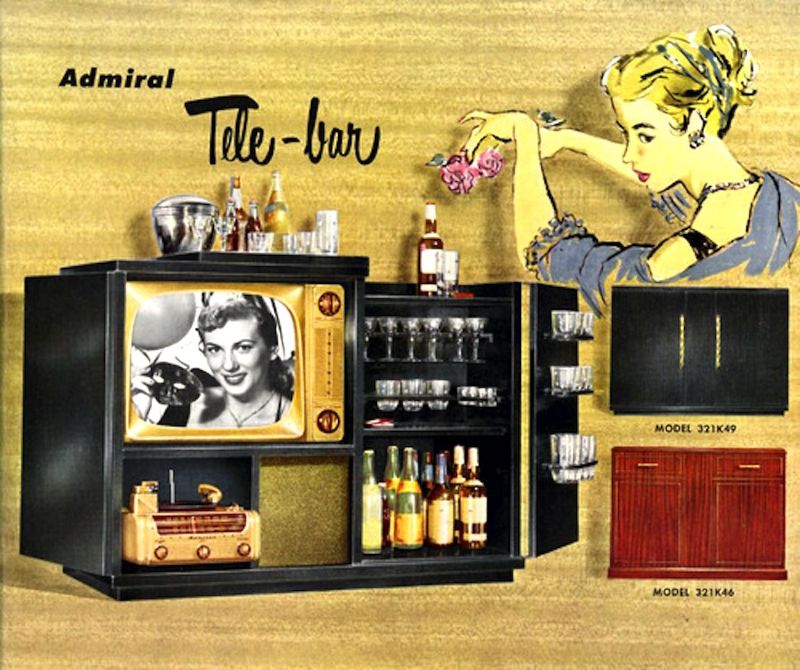

One of the Admiral Tele-Bar advertisements reads:
It’s here! The one and only Tele-Bar… Admiral’s new, exciting, unique, and revolutionary television-bar combination.
Now… 21” TV, Dynamagic Radio, and the incomparable “Triple-Play” Phonograph… all combined in one great home entertainment ensemble for gracious living.
A Built-In Bar…Fully Equipped!
Tele-Bar enhances every occasion! Its exquisite, hand-rubbed, liquor-proof cabinet provides a stainless steel mixing tray, liquor-proof serving shelf, “empties” receptacle, and racks for 32 glasses.
Lower compartment holds over 30 bottles. For those who entertain regularly… Tele-Bar is an indispensable aid and a practical investment. Glasses included at no extra charge.
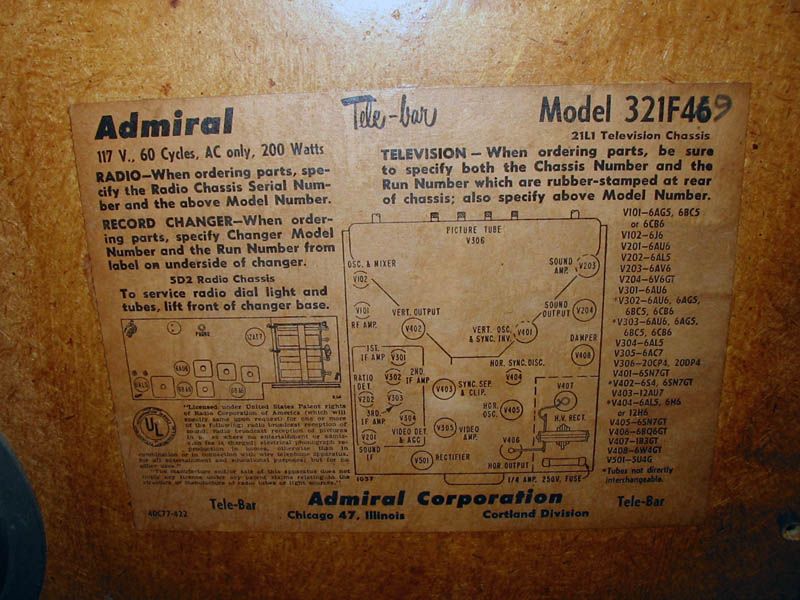
Philco Predicta TV Sets, 1960s
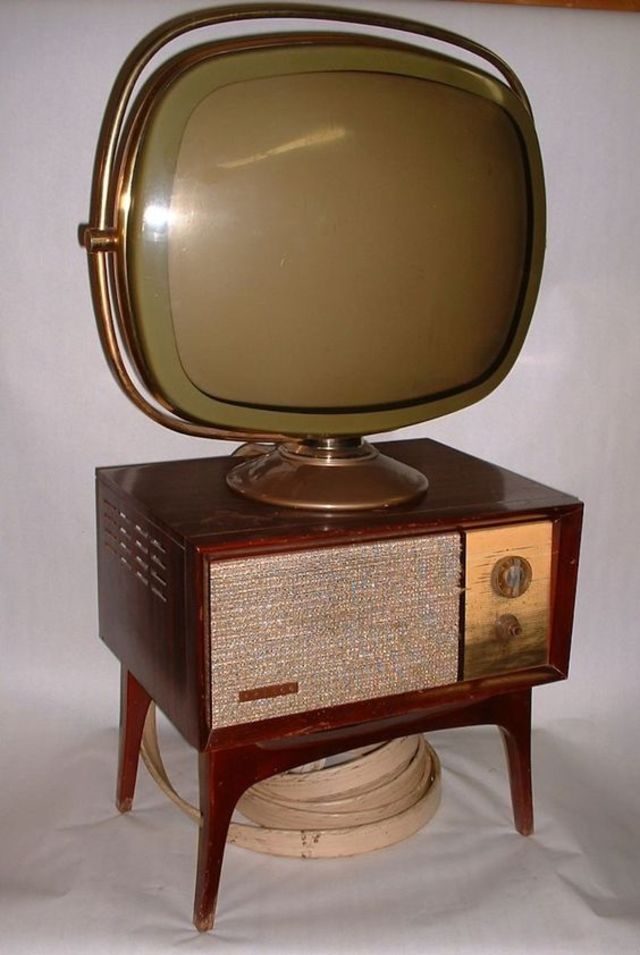
It was designed by Severin Jonassen and Richard Whipple and the design director was Herbert V. Gosweiler.

The Predicta also had a thinner picture tube than many other televisions at the time, which led it to be marketed as a more futuristic television set.
The futuristic aesthetic was influenced by an interest in space age technology, prompted by Russia’s Sputnik launch in 1957. Philco’s advertisements for Predicta touted a “TV Today From the World of Tomorrow!”
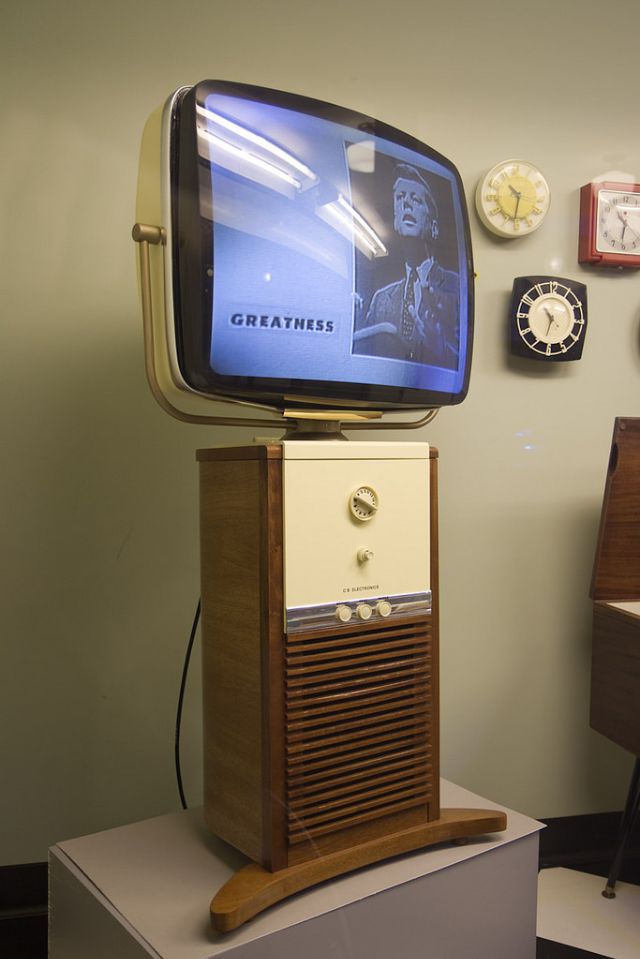
Initially introduced in 1958 for the Holiday Inn hotel chain and rolled out for general consumers shortly thereafter, the Predicta was discontinued in the early 1960s.
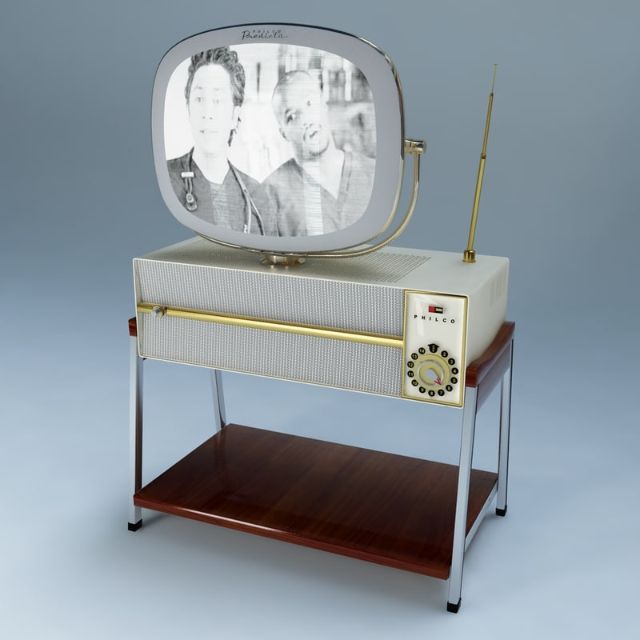

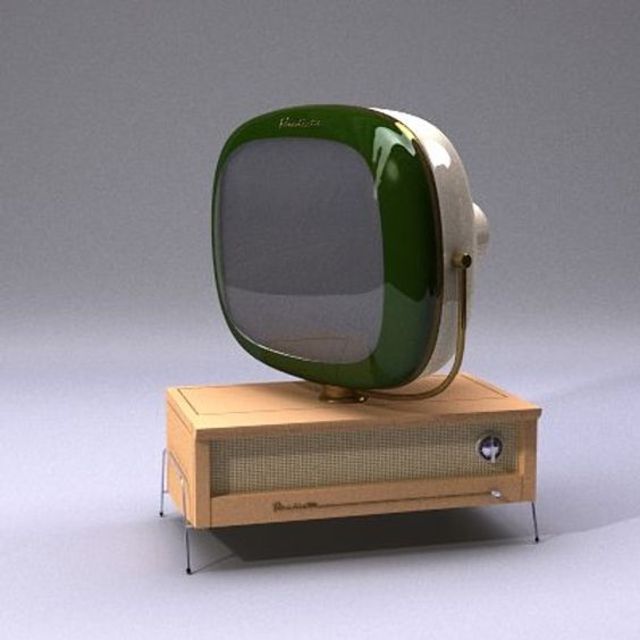
(Photo credit: Web Urbanist / Pinterest / Flickr).
